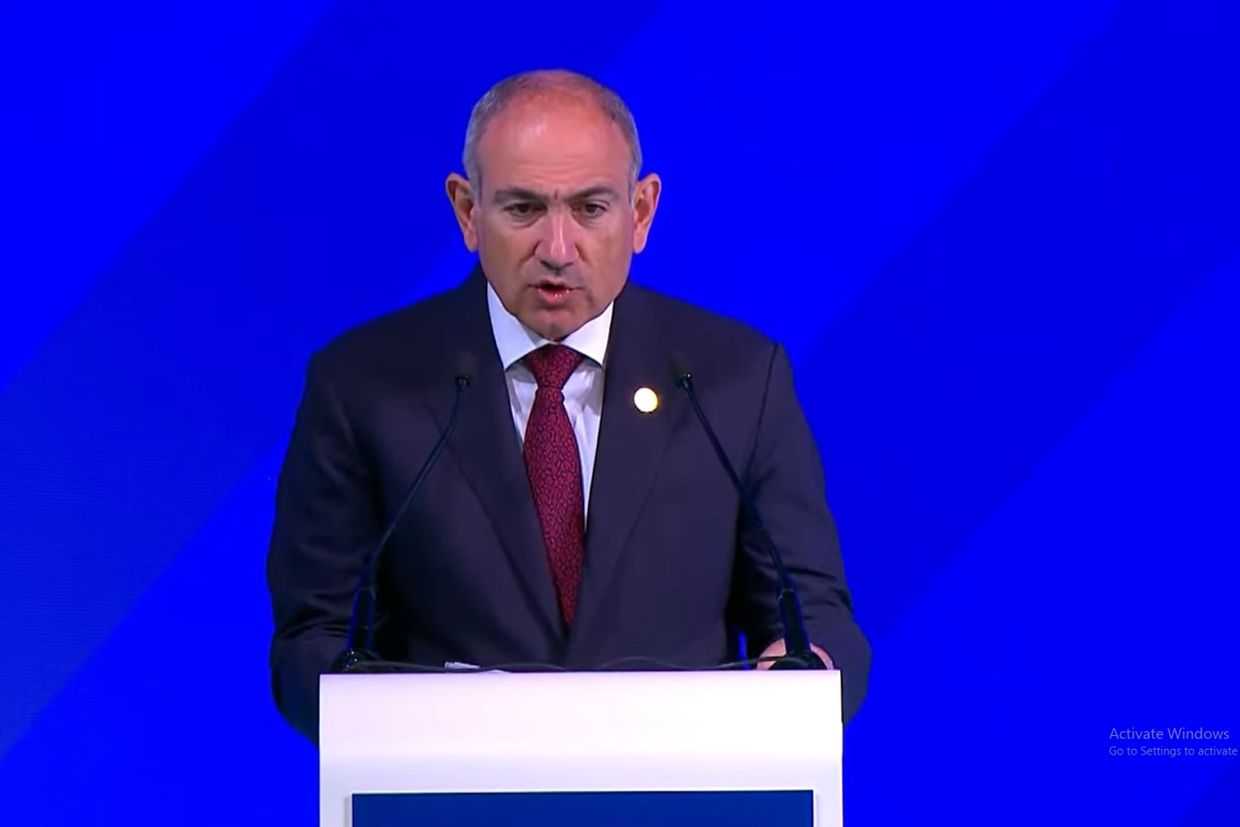
Residents across Yerevan are reporting dense, polluted air as recent measurements show particulate and nitrogen dioxide levels rising well above permissible thresholds.
According to Armenia’s Hydrometeorological Monitoring Centre, air quality data collected over the past week indicated that pollution in Yerevan’s central districts exceeded safe levels several times over.
Other districts also recorded elevated concentrations of harmful particles, though some neighbourhoods remained closer to normal ranges.
Officials say the worsening air quality is the result of a combination of seasonal, geographic, and human-made factors. Stagnant air caused by a strong anticyclonic system has trapped pollution close to the ground, while smoke from domestic heating, backyard leaf burning, and regional fires has added to the burden. The situation is typical for late autumn and early winter, when temperature inversions — layers of warm air sitting above cold air — prevent normal air circulation.
Yerevan Mayor Tigran Avinyan has warned that backyard burning of leaves and household waste has become a major source of toxic emissions. He described these fires as ‘small poison factories’, and said they frequently overshadow even the dust from construction sites, which the city has been trying to regulate.
Avinyan stressed that winter air pollution has become a recurring pattern in the capital. Smoke from seasonal fires and increased fuel use, combined with stalled air movement, leads to prolonged periods of trapped pollution. He urged residents to stop burning leaves in courtyards and called for the stronger enforcement of existing bans.

The municipality has previously announced a four-year programme to improve air quality. It includes expanding the air-quality monitoring network, tightening emissions standards for transport and construction, creating new green zones, and considering restrictions on vehicle access in central districts.
Environmental experts have long argued that Yerevan’s chronic air-quality problems cannot be solved without addressing outdated heating systems, heavy traffic, unmanaged construction dust, and improper waste disposal practices.
With winter approaching, authorities expect conditions to remain challenging until stronger northern winds break the inversion layer. City Hall has promised further updates on mitigation steps, but residents say the immediate concern is simply being able to breathe clean air.

The unusually dry weather in November has caused yet another concern for Armenia in the country’s north as well. While not directly affecting the air quality in Yerevan, since 21 November, wildfires have continued to expand across the country’s northern forests, with firefighters struggling to extinguish the flames.










